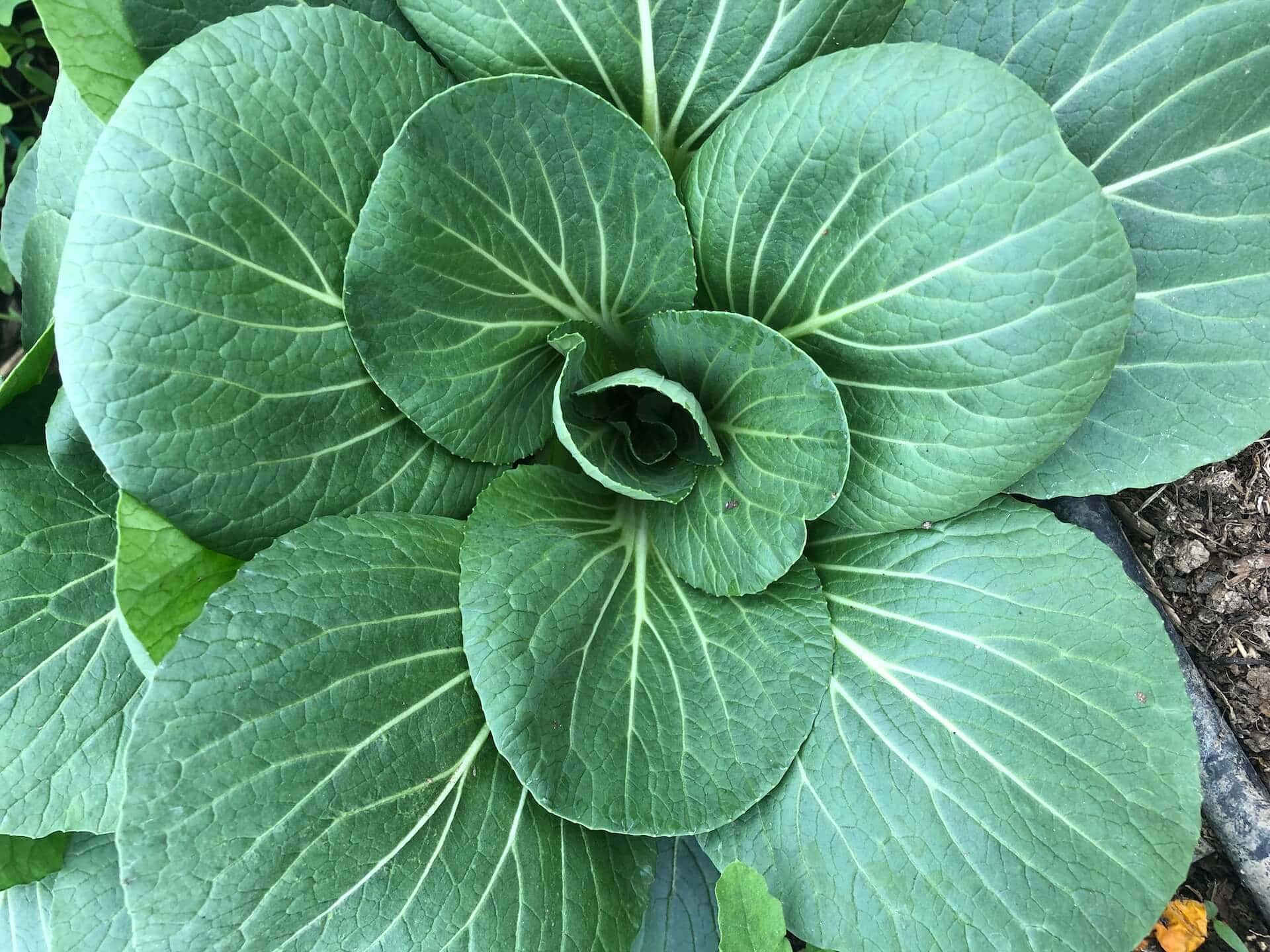This post may contain affiliate links. Probably doesn’t, but it might. It doesn’t cost you anything extra but if you use these links to buy something, we may earn a commission.
The number one fear people have about starting a CSA is wasted food. I appreciate that! We work hard to grow these vegetables for our CSA members and we want you to enjoy them. But I understand–we have all been there. You get to the end of the week, but you haven’t used up all of your vegetables from the CSA and now you will pick up a new share tomorrow. What to do?
Here are 7 quick strategies to use up those vegetables. Don’t let those beets or parsnips sit in the back of the refrigerator and turn into a science experiment.
Table of Contents
1) Freeze:
Freezing is usually a two-step process—cut the vegetables up, blanch in hot water, and then freeze. Blanching is best done as steamed rather than dunking in boiling water, as that will preserve the form and texture of the vegetables better. You can even put a combination of vegetables in one bag it and designate it for soup. Most vegetables will be soft once they defrost, so soups and stews are good options. Ashley from Practical Self-Reliance has a great guide on how to freeze vegetables.
2) Roast
Roasted vegetables are awesome! Chop whatever you have into similar sized chunks, toss with some olive oil and herbs and pop into the oven. You can use them roasted for a week. Cold roasted vegetables are great added to a salad. Roasting is always a great option for the root vegetables like parsnips, turnips, beets, onions, and potatoes. You can also freeze any extra roasted vegetables and use later in soups, fritattas, quiche, stews, etc.
3) Stir fry
Stir fry or pan saute might be my favorite option, as it is quick and easy. Similar to the roasting option, you can put just about everything in a stir fry.
4) Salad
Salads are great for leafy greens, but get creative and add roasted beets, sauteed vegetables, or almost any vegetable raw. You may want to thinly slice some of the more dense root crops, but all of the vegetables can be eaten raw. You can mix your lettuce with other greens as well, such as kale, chard, arugula, or baby bok choy.
5) Pesto
Pesto is a great option for leafy greens. Kale, spinach, chard, and arugula make a great pesto base. You can even mix greens. Pesto freezes very easily and is a treat to pull out whenever you want that wonderful pesto flavor. One of the great things about pesto is you can add nuts or leave them out, add cheese or leave it out, add parsley or leave it out. You get the idea. Create your own version and wow your family. Here is a great basic pesto recipe to get you started.
6) Grill
If you like to grill, remember to add vegetables to the grill as well. Whether on a skewer or wrapped in foil, grilled vegetables are delicious. You may find that your family eats more vegetables this way than ordinarily, as the high temperatures bring out the sugar content in the vegetables.
7) Home pickles
You can pickle nearly all vegetables with some vinegar and spices. Sugar or some sort of sweetener is usually added as well. In addition to cucumbers, you can pickle zucchini, beets, carrots, cauliflower, broccoli, peppers, onions. You can also mix your vegetables.
Here is my favorite pickling recipe, but feel free to adapt to your tastes. I have left out ingredients when I didn’t have them at hand, and the measurements can be changed as needed.
Refrigerator Pickles
For two quarts of pickles. You need two clean quart jars and lids that will close.
2 lbs vegetables
1 ¼ C vinegar
3 T kosher salt
2 T sugar
2 C cold water
16 sprigs dill
6 cloves garlic
1 T coriander or chopped cilantro
1 T mustard seeds
Make your brine of vinegar, salt, and sugar, mix well; heat if needed to get the sugar to dissolve the salt and sugar. Put in a cold container, add the cold water, set aside. Chop your vegetables into spears or slices, put in the jars. Divide the seasonings between the two jars. Cover with the brine, add water as needed to completely fill the jars. Put the lids on securely. Put in the refrigerators. Best flavor after 24 hours. Use within two months.
If you are close to Wilmington, Delaware, or in Philadelphia, please check out our CSA program. We have eight different sites where our CSA community picks up in addition to coming to the farm market. We grow all year so that you can eat fresh and locally grown produce all year. If you are in another location, please look for farms near you so that you can participate in your local CSA program and support a farm near you. Local Harvest can help you find a farm near you. Put your zip code or location in the search bar “Near” for farms near you to come up.
About Highland Orchards: Completely surrounded by suburbia, our small farm has been growing beyond expectations since 1832, just north of Wilmington, Delaware.
Growing a wide variety of fruits, vegetables, herbs, and flowers, Highland Orchards provides true “farm fresh” for the community all year. If you want to shake the hand of the farmer who grows for you, here is the farm! With plants in the ground or under cover in tunnels, we grow for every season. A family farm, we have three different generations involved in running the farm right now.
About Ruth: I am the 6th generation of my family to farm here at Highland Orchards in Delaware. I grew up here, learning from my grandparents and parents how to plant, weed, harvest, and store fruits, vegetables, herbs, and flowers. My graduate degree is in history, so I love to research anything and everything. I have taught at all levels, including university and continuing education. I have done everything on the farm, from planting to selling to social media. I love that I can share knowledge with people through books, blogs, and courses.





